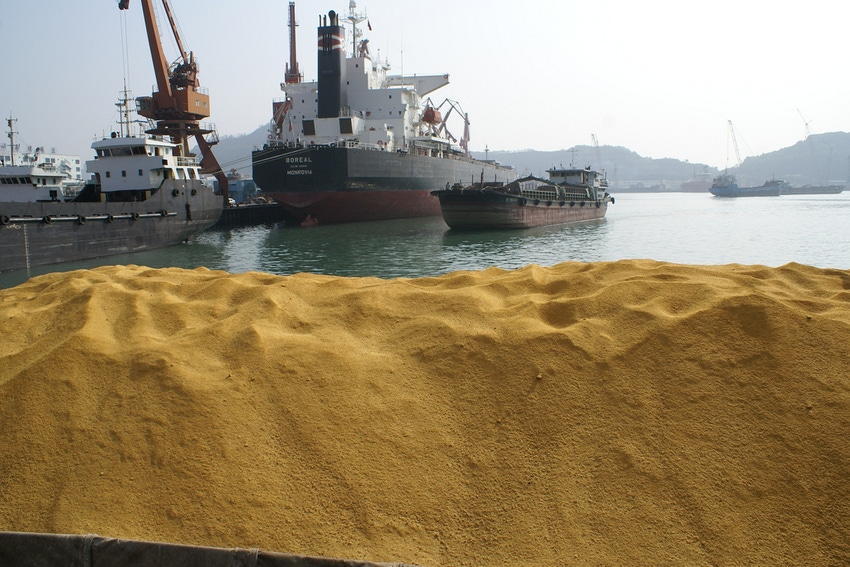Farmers cull herds and clear hog barns to prepare for layer, broiler or duck production in same space.
August 29, 2019

Vietnam has become one of the fastest-growing feed markets in the world, with increases in demand for meat, milk and eggs from a middle class that is growing in number and influence, but the country also has been greatly affected by an outbreak of African swine fever (ASF).
An on-ground assessment by the U.S. Grains Council (USGC) has revealed, however, that Vietnamese hog producers affected by ASF are wasting no time retooling their operations by switching to poultry and aquaculture production.
Caleb Wurth, USGC assistant director for Southeast Asia, recently spent three weeks traveling throughout Vietnam to assess the impact of the ASF virus on local swine production and overall feed demand for corn and dried distillers grains with solubles (DDGS) as well as to inform the council’s overall strategic approach.
Wurth observed farmers culling herds and clearing barns to get ready to raise layers, broilers or ducks in the same space the following week. Farmers are also expanding into aquaculture in both freshwater ponds in the delta region and off shore in cages along the coast.
“The extensive losses in swine production are being partially offset by increases in poultry and offshore cage aquaculture,” Wurth said. “In response, the council has begun working with local feed mills and DDGS importers to assist farms devastated by ASF to switch to poultry, layer or duck farming rather than give up meat production altogether.”
If an effective ASF vaccine is discovered, however, USGC expects to see farmers revert to a similar pre-ASF protein mix, reinforcing the need to maintain both long-term efforts -- like working to increase DDGS inclusion rates -- and frontier market work, including hiring a full-time aquaculture specialist for the region through funding from the U.S. Department of Agriculture's Agricultural Trade Promotion program. Both pieces are necessary to successfully pivot alongside animal industries in Vietnam and throughout Southeast Asia, the council noted.
“Vietnam is just one of the markets in Southeast Asia with tremendous potential,” Wurth said. “As programming pivots to address shifting market demands, the council will continue to leverage the success of its programs, people and partnerships to cultivate significant sales of U.S. feed grains, ethanol and co-products.”
In less than a decade, Vietnam has grown from a top 10 to a top three corn importer globally. The country is a significant importer of both U.S. corn and DDGS, with additional future potential seen for U.S. sorghum. That same rising middle class is also creating additional demand for ethanol, aided by a nationwide 5% blending mandate that is expected to grow to 10%.
These factors combine to make Vietnam a focus of USGC’s work to capture increasing demand for feed grains and ethanol export volumes for U.S. farmers and agribusinesses in Southeast Asia.
You May Also Like

.png?width=300&auto=webp&quality=80&disable=upscale)

